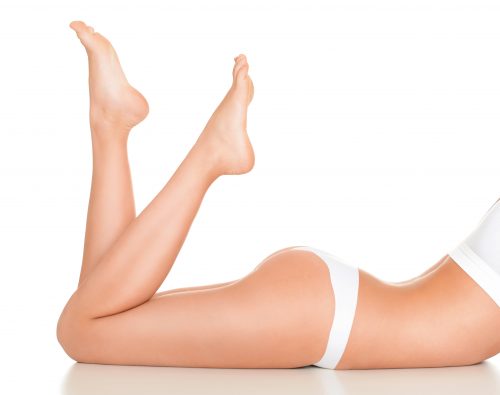Sclerotherapy: What is it? How Does it Work?

What is Sclerotherapy?
Sclerotherapy is a minimally-invasive procedure that treats spider and varicose veins. Depending on how deep the abnormal vein is under your skin, your doctor may need to use ultrasound technology to see where the vein is located. Then, he or she will inject a specialized solution directly into the target vein. This solution is usually saline-based, but the chemical agent depends on the size of the vessel that needs to be treated.
Sclerotherapy will not only improve the appearance of veins, but it will improve venous blood flow and lower chronic swelling as well.
How Does Sclerotherapy Work?
Injecting the saline solution into a vein damages the inside lining of the vessel. This forms a clot that blocks circulation in the vein. This forces the body to reroute blood flow through healthier veins. The damaged vein will eventually become scar tissue and the body will reabsorb it under the skin. This absorption causes the vein to fade from view.
Who is a Possible Candidate for Sclerotherapy?
Anyone who is in general good health and experiences unsightly spider or varicose veins is a good candidate for sclerotherapy. It can also be helpful for someone who suffers from venous insufficiency and cannot control the issue with the use of compression stockings.
Causes of Spider or Varicose Veins
There are a number of things that increase a person’s risks of developing vein issues.
Genetics. Almost half of the population of people who develop varicose veins have family members with the problem.
Age. As a person gets older, wear and tear cause vein valves to become weak.
Obesity. When a person is overweight, the extra weight strains the veins.
Gender. Women are much more likely to develop varicose veins. Hormones, pregnancy, and menopause increase the risks of development.
Prolonged Sitting or Standing. When a person sits with his or her legs bent, the veins must work harder to push blood to the heart.
What to Expect During the Procedure
When the procedure is about to begin, the patient lays on his or her back with legs elevated. Your doctor will clean the area and then insert the needle. When he or she removes the needle, the doctor will apply compression and then massage the area to prevent blood from entering the vessel. Immediately the following sclerotherapy, the patient will need to stand and walk so blood clots do not form.
Is Sclerotherapy Painful?
Sclerotherapy does require an injection into the skin, so the patient may experience some stinging or cramps when the syringe is inserted. Also, some feel pain from the saline solution being injected into the vein. The procedure should be otherwise pain-free unless a rare difficulty occurs.
All medical procedures pose a risk, but your doctor will discuss side effects before deciding if this therapy will work for you. For example, a person may experience hyperpigmentation (darkening of the skin), pain at injection site, temporary swelling, or an allergic reaction. In severe cases, a person may experience nerve damage.
Recovery and Aftercare of Sclerotherapy
Sclerotherapy is performed on an outpatient basis; therefore, patients do not require hospitalization. Following the treatment, the patient will need to wear compression dressings for up to three weeks. A follow-up appointment after this recovery time will determine if further action is necessary.
After treatment, veins will fade within a few weeks. On rare occasions, it may take more than a month to see total results. More than one treatment may be necessary for larger veins.
Is Sclerotherapy Covered by Insurance?
Since sclerotherapy is often linked to the correction of spider veins, some see it as purely cosmetic. In these cases, most insurance companies will not cover the elective procedure. However, it can be used for other medical purposes, and if so, a doctor must document a patient’s condition. An insurance provider may cover the procedure if they understand the problems associated with a malfunctioning deep vein.
If you suffer from varicose veins or spider veins, you may wish to consider sclerotherapy. Contact us to ask any additional questions you may have or to schedule a consultation where our providers will meet with you to discuss the issues you are facing and establish a plan of action.
Related Posts
SPIDER VEINS – DEFINITION, CAUSES AND TREATMENTS
Spider veins. We’ve all heard the complaints, especially during shorts season....
Vein Treatment And Removal In Columbus, Ohio
Who We Are And What We Do: The appearance of one's skin, hair and nails is...
VARICOSE VEINS: DEFINITION, CAUSES AND TREATMENT
Varicose veins and spider veins: We always hear them spoken in the same breath....
When to See a Vein Specialist
A vein specialist, like those found at Universal Dermatology & Vein Care,...

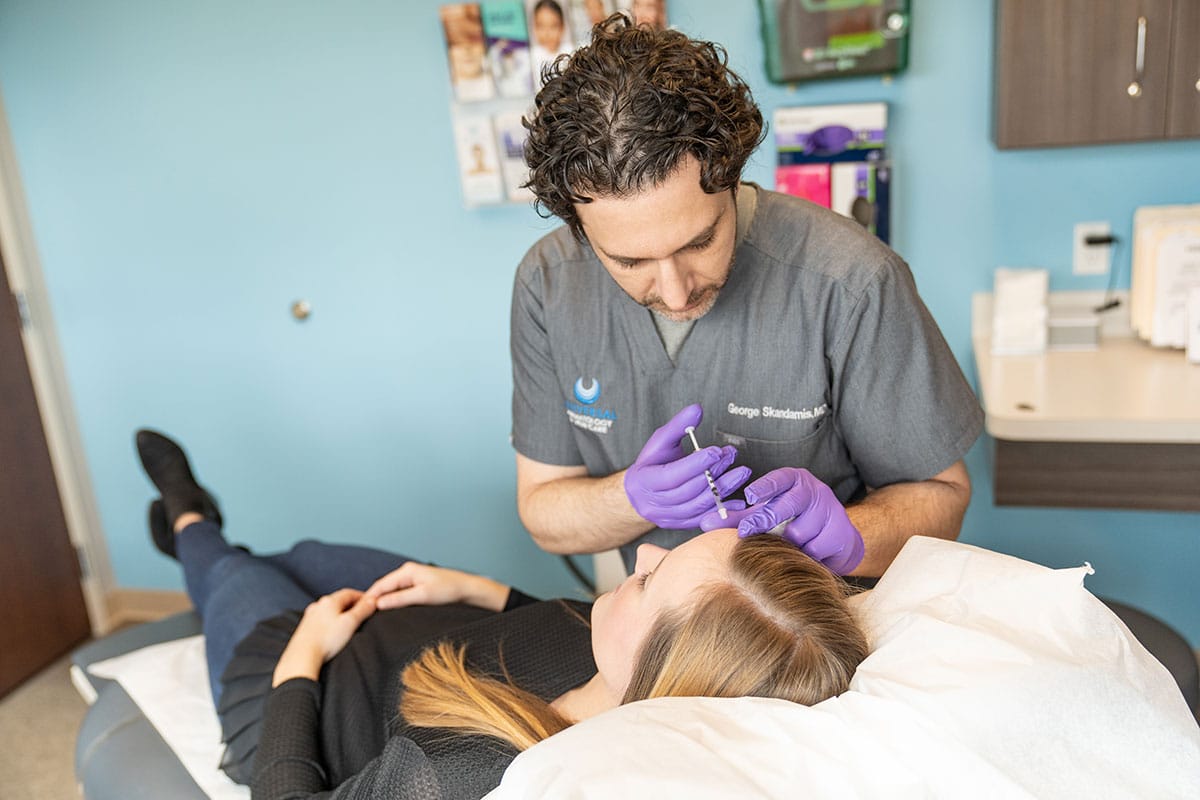 Our Dermatologists
Our Dermatologists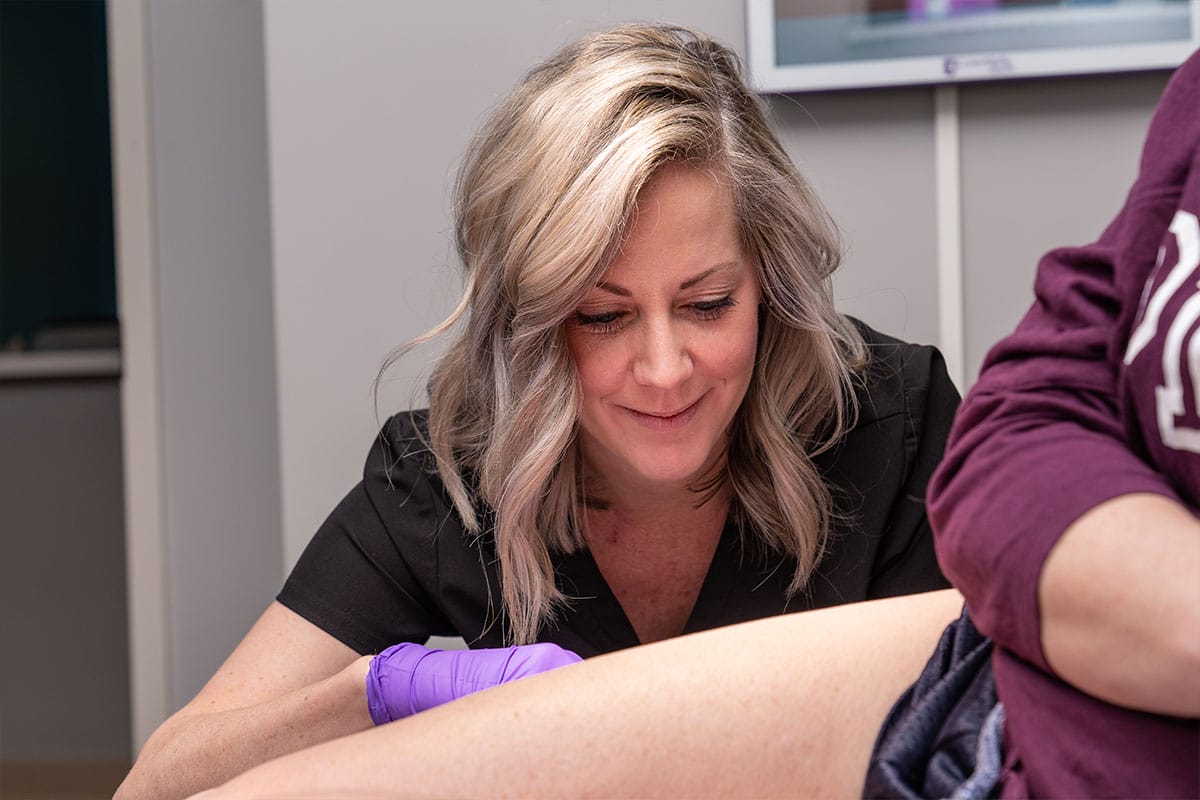 Our Providers
Our Providers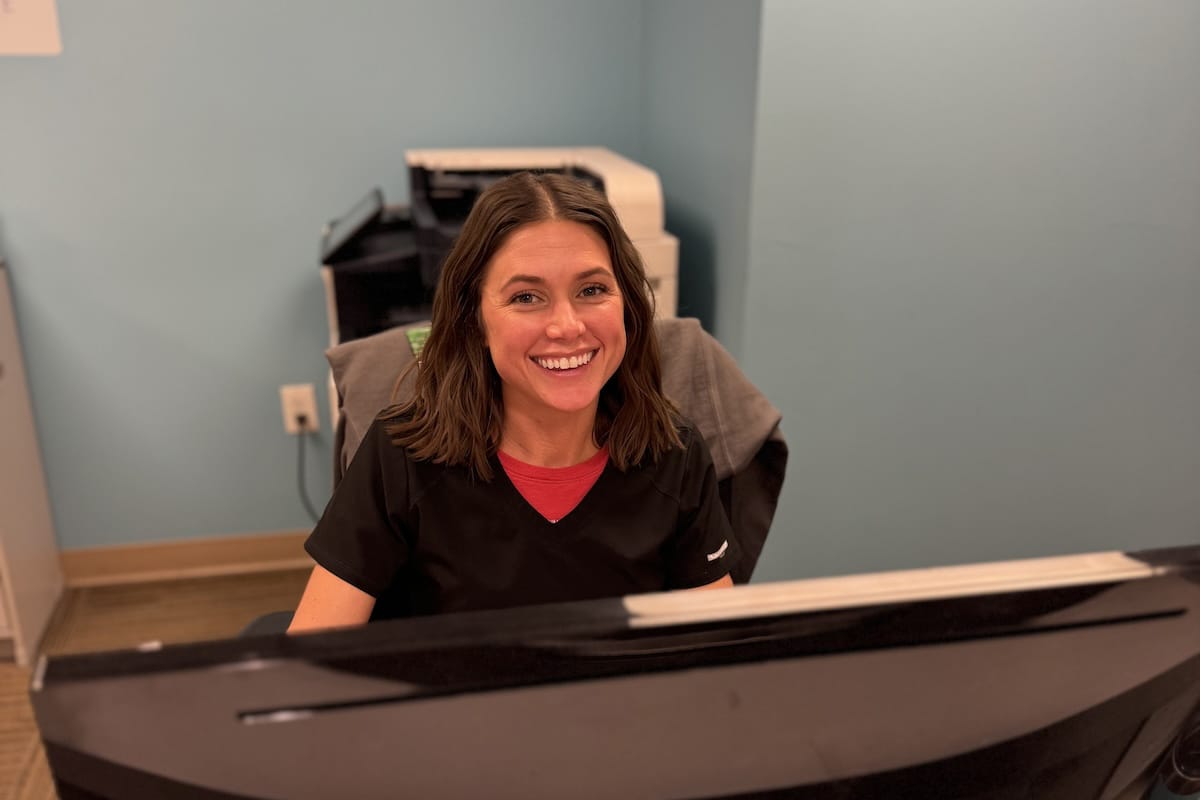 Our Staff
Our Staff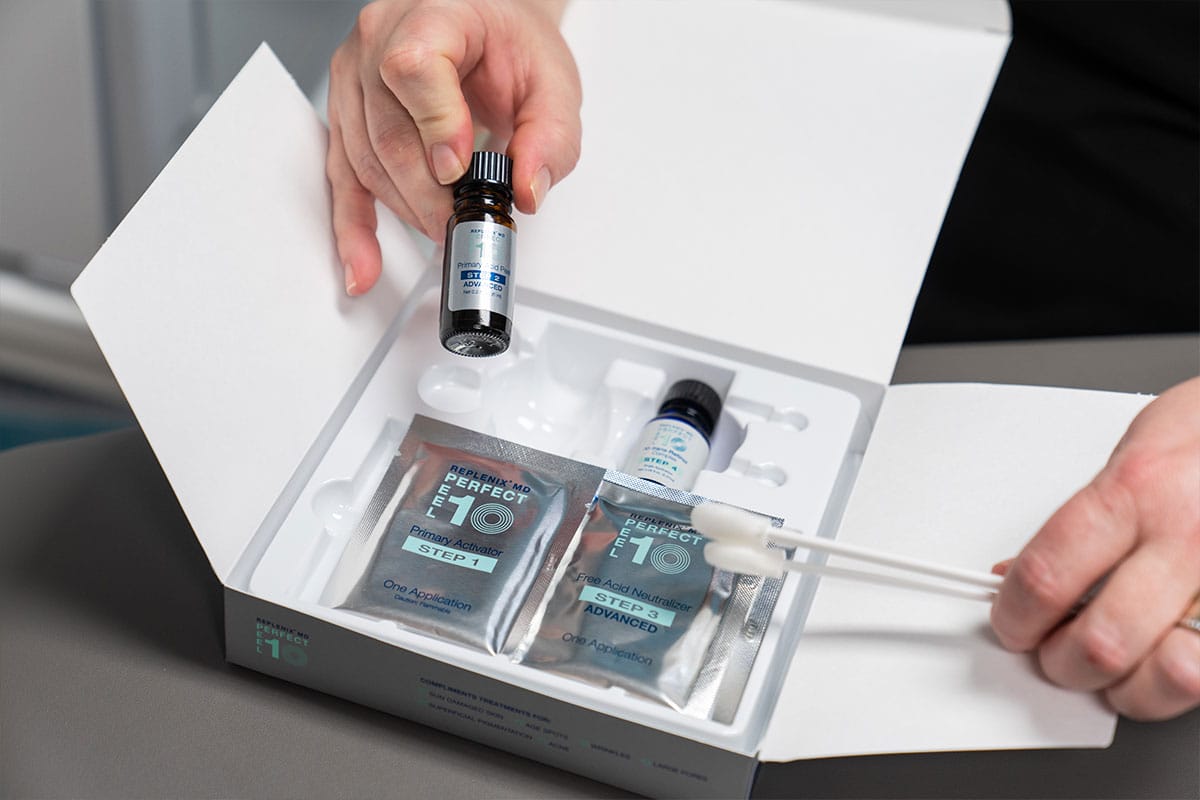 Specials
Specials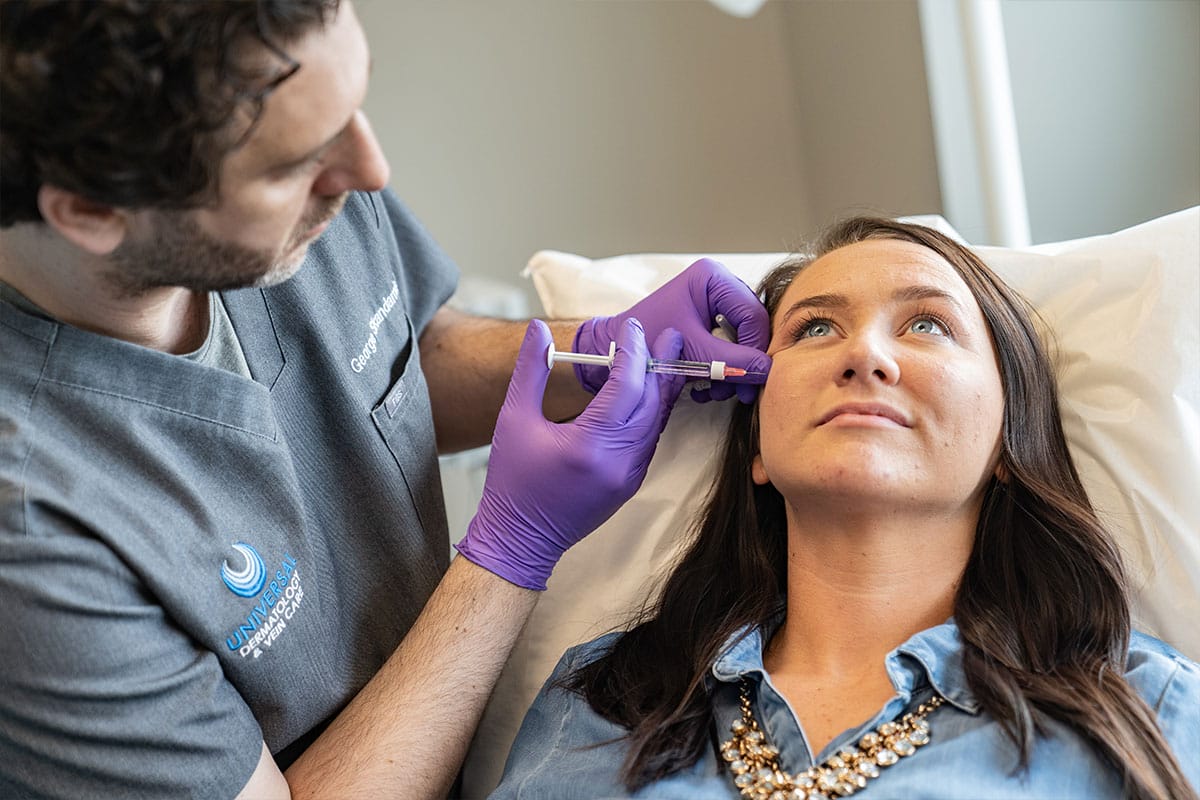 Financing
Financing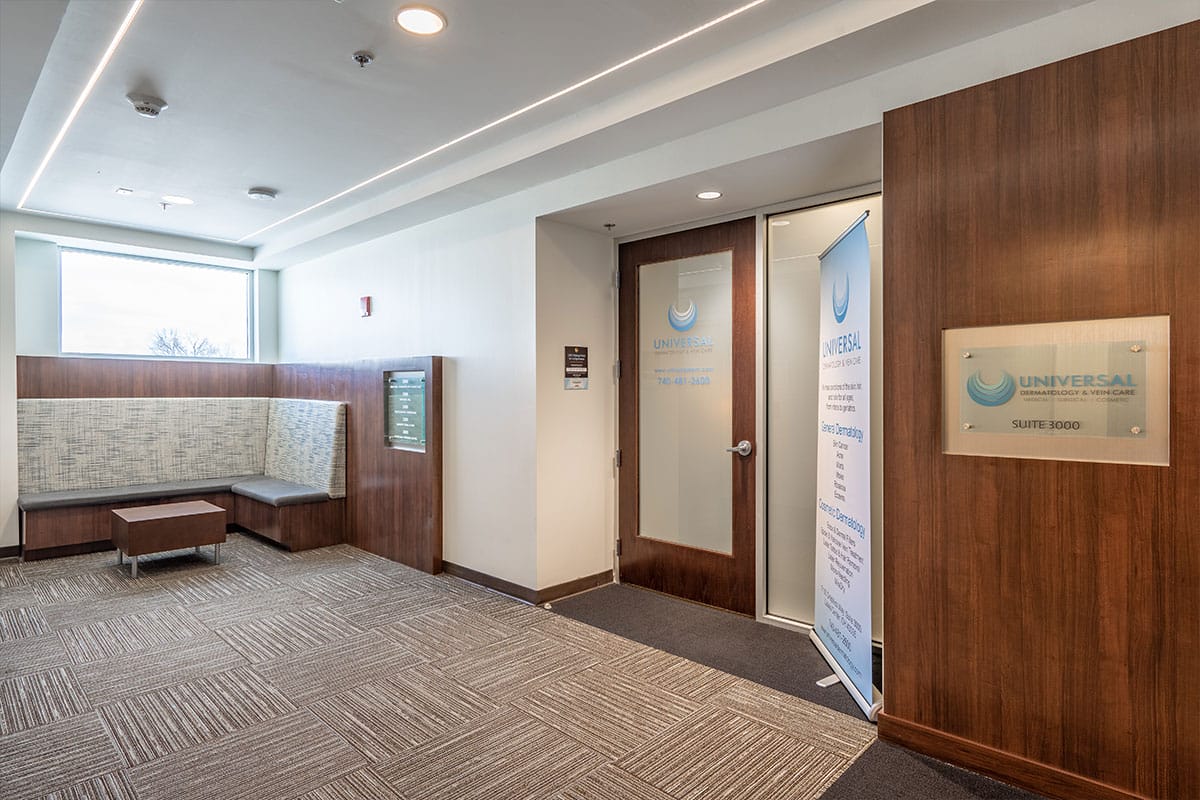 Pay Bill Online
Pay Bill Online